In your business you need to learn how to distinguish between chatbots and conversational AI, here are some tips on how to do that.
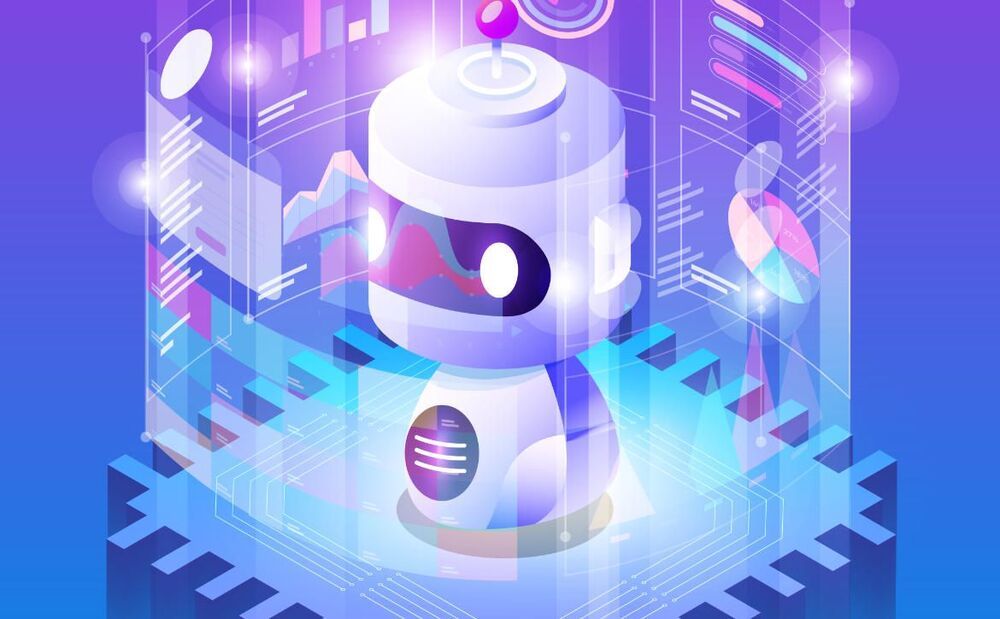

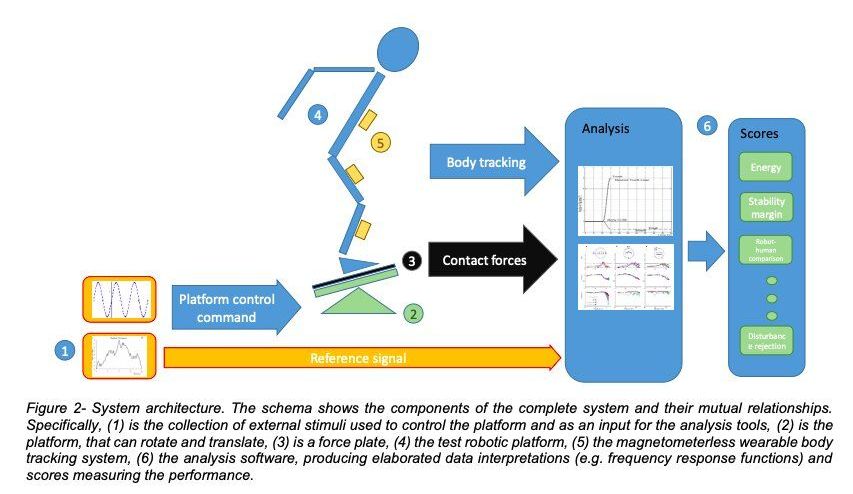
In recent years, roboticists have developed a wide variety of robots with human-like capabilities. This includes robots with bodies that structurally resemble those of humans, also known as humanoid robots.
Testing the performance of humanoid robots can sometimes be challenging, as there are numerous measures to consider when trying to determine their applicability in real-world scenarios. Two features that are particularly important for humanoid robots are posture control and balance, as these robot’s body structures can sometimes make them prone to falling or stumbling, especially in complex environments.
Researchers at Technische Universität Berlin and the University Clinic of Freiburg recently created a system to evaluate the posture control and balance of both humans and humanoid robots. This system, presented in a paper pre-published on arXiv, is designed to assess balance and posture control of robots or humans as they perform different movements on a moving surface.
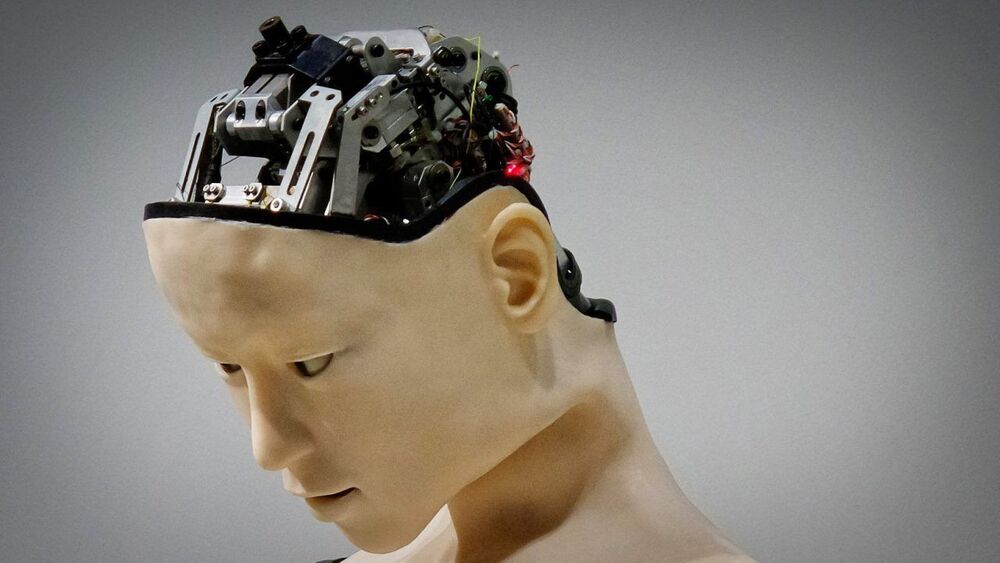
China’s going all in on deep learning. The Beijing Academy of Artificial Intelligence (BAAI) recently released details concerning its “Wu Dao” AI system – and there’s a lot to unpack here.
Up front: Wu Dao is a multi-modal AI system. That means it can do a bunch of different things. It can generate text, audio, and images, and, according to Engadget, it can even “power virtual idols.”
The reason for all the hullabaloo surrounding Wu Dao involves its size. This AI model is huge. It was trained using a whopping 1.75 trillion parameters. For comparison, OpenAI’s biggest model, GPT-3, was trained with just 175 billion.

Last month, self-driving technology company TuSimple shipped a truckload of watermelons across the state of Texas ten hours faster than normal. They did this by using their automated driving system for over 900 miles of the journey. The test drive was considered a success, and marked the beginning of a partnership between TuSimple and produce distributor Guimarra. This is one of the first such partnerships announced, but TuSimple may soon have some competition from another big player in the driverless vehicles game: Alphabet Inc. subsidiary Waymo.
Yesterday, Waymo announced a partnership with transportation logistics company JB Hunt to move cargo in automated trucks in Texas. The first route they’ll drive is between Houston and Fort Worth, which Waymo claims is “one of the most highly utilized freight corridors in the country.”
At around 260 miles long, much of the route is a straight shot on Interstate 45. The trucks will have human safety drivers on board who will likely take over some of the city driving portions, but the goal is to use the automated system as much as possible. A software technician will be on board as well, which makes sense given software will be doing the bulk of the driving.
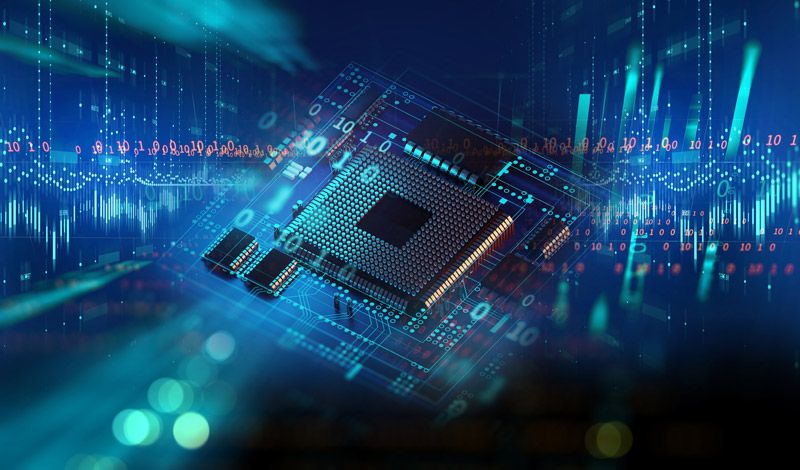
Floorplanning is the process by which an integrated circuit is designed using a top-down view. Rather like the architectural plan of a home, garden, and walkways, each of the major functional blocks is placed in a schematic representation that provides a guide for where everything needs to be. This layout can include transistors, capacitors, resistors, wires and other components, all packed into extremely tiny spaces.
Determining the optimal configuration for processing speed and power efficiency is a detailed and lengthy task, involving many iterations. It can often take weeks or even months for expert human engineers. Attempts to fully automate the process have been unsuccessful.
However, researchers from Google have this week reported a new machine-learning approach to floorplanning. Not only does it reduce the design workload to a matter of hours, it also results in chips with superior designs.
Using the full system, farmers could reduce costs by 40% and chemical usage by up to 95%.
Small Robot Company (SRC), a British agritech startup for sustainable farming, has developed AI-enabled robots – named Tom, Dick and Harry – that identify and kill individual weeds with electricity. These agricultural robots could reduce the use of harmful chemicals and heavy machinery, paving the way for a new approach to sustainable crop farming.
The startup has been working on automated weed killers since 2017, and this April officially launched Tom, the first commercial robot currently operating on three UK farms. Dick is still in the prototype phase, and Harry is still in development.
Small Robot company says the robot Tom is capable of scanning around 20 Hectares per day, collecting about six terabytes of data in an 8-hour shift to identify the crops, spots undesirable weeds – using “Wilma,” an artificial intelligence operating system. This data can then be sent to Dick – the world’s first non-chemical robotic weeding system that zaps individual weeds with electrical ‘lightning strikes.’ And finally, Harry plants seeds in the weed-free soil.
Could this be the future of pizza?
Simply log onto the pizza maker’s mobile application, input the number and type of pizzas you want, and the machine will do the rest of the work.
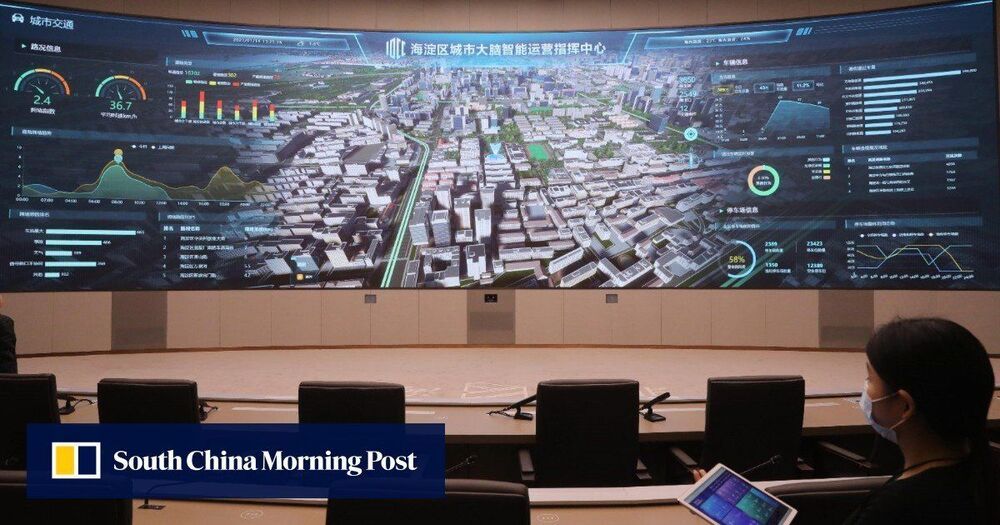
It is called the “city brain”, an artificial intelligence system that is now being used across China – only megacities could afford them before – for everything from pandemic contact tracing to monitoring illegal public assemblies and river pollution.
Authorities at all levels are now using AI for everything from pandemic control to monitoring illegal public assemblies.
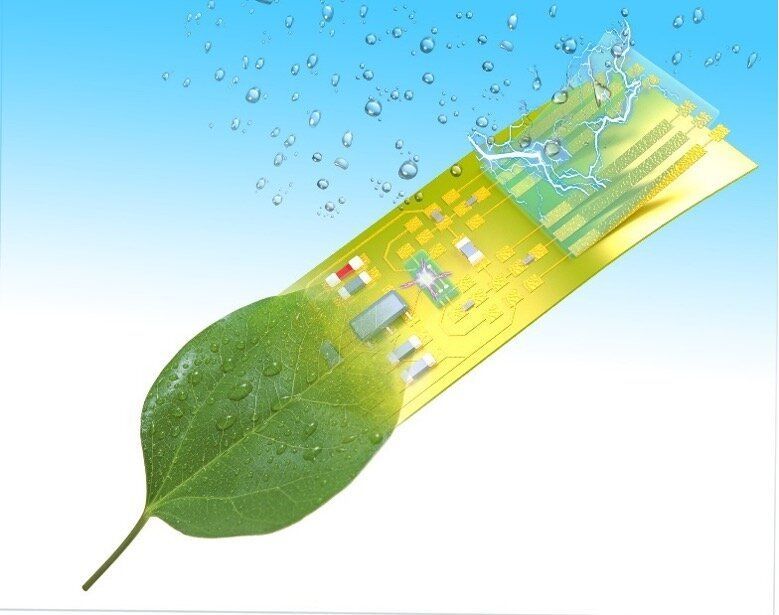
A research team from the University of Massachusetts Amherst has created an electronic microsystem that can intelligently respond to information inputs without any external energy input, much like a self-autonomous living organism. The microsystem is constructed from a novel type of electronics that can process ultralow electronic signals and incorporates a device that can generate electricity “out of thin air” from the ambient environment.
The groundbreaking research was published June 7 in the journal Nature Communications.
Jun Yao, an assistant professor in the electrical and computer engineering (ECE) and an adjunct professor in biomedical engineering, led the research with his longtime collaborator, Derek R. Lovley, a Distinguished Professor in microbiology.
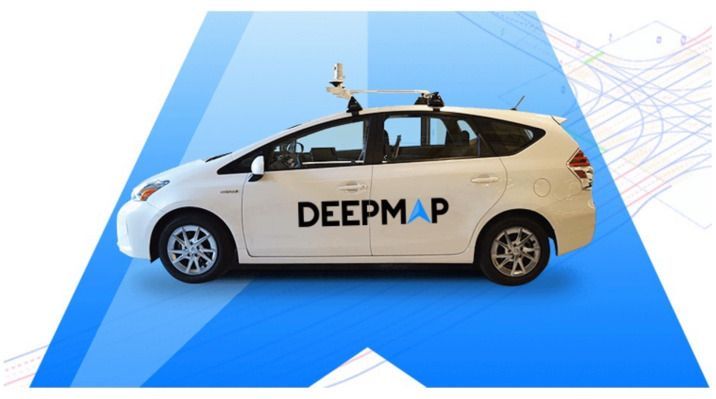
Chipmaker Nvidia is acquiring DeepMap, the high-definition mapping startup announced. The company said its mapping IP will help Nvidia’s autonomous vehicle technology sector, Nvidia Drive.
“The acquisition is an endorsement of DeepMap’s unique vision, technology and people,” said Ali Kani, vice president and general manager of Automotive at Nvidia, in a statement. “DeepMap is expected to extend our mapping products, help us scale worldwide map operations and expand our full self-driving expertise.”
One of the biggest challenges to achieving full autonomy in a passenger vehicle is achieving proper localization and updated mapping information that reflects current road conditions. By integrating DeepMap’s tech, Nvidia’s autonomous stack should have greater precision, giving the vehicle enhanced abilities to locate itself on the road.